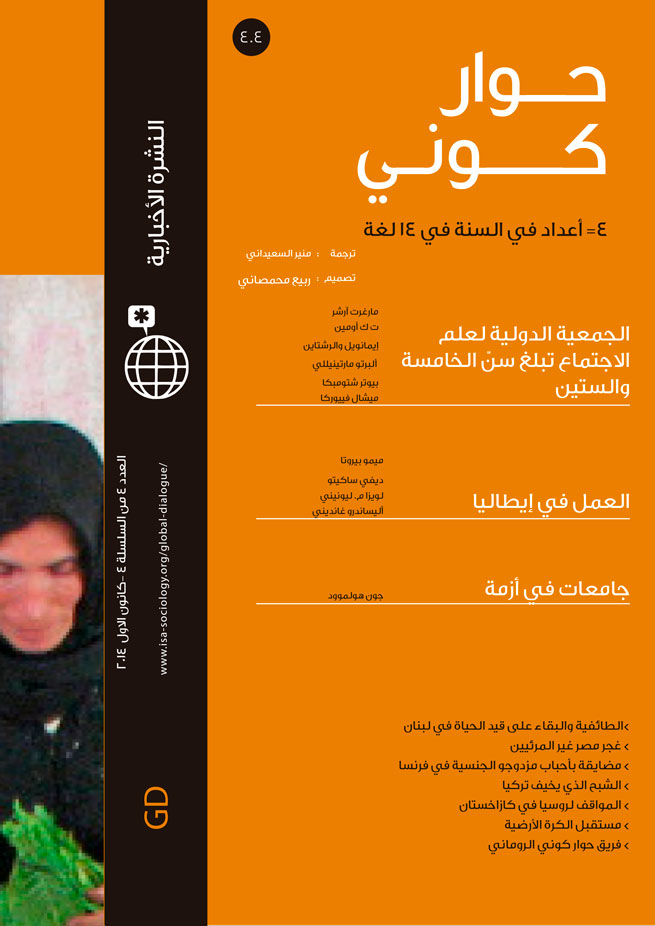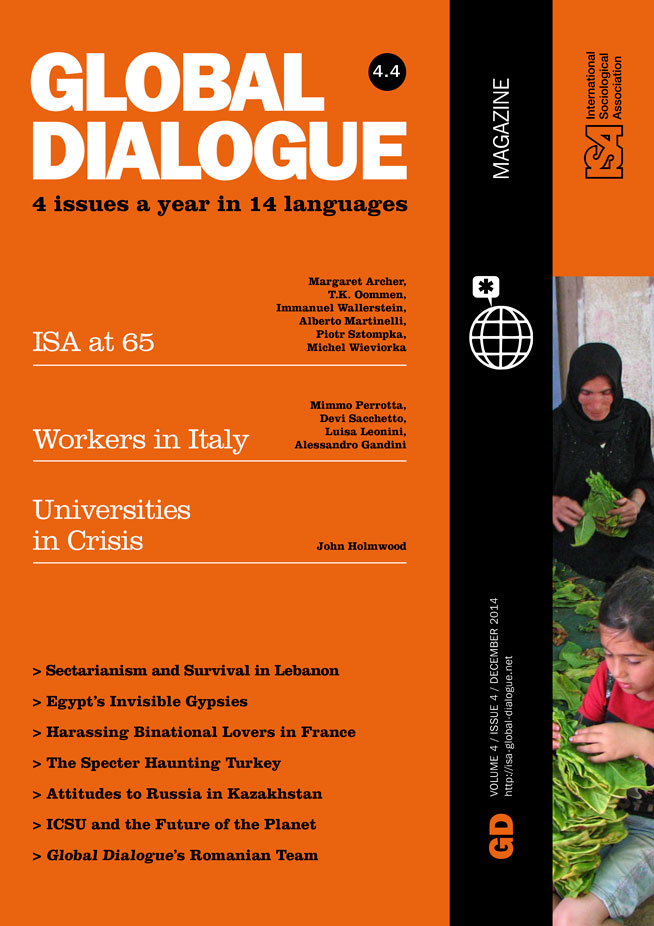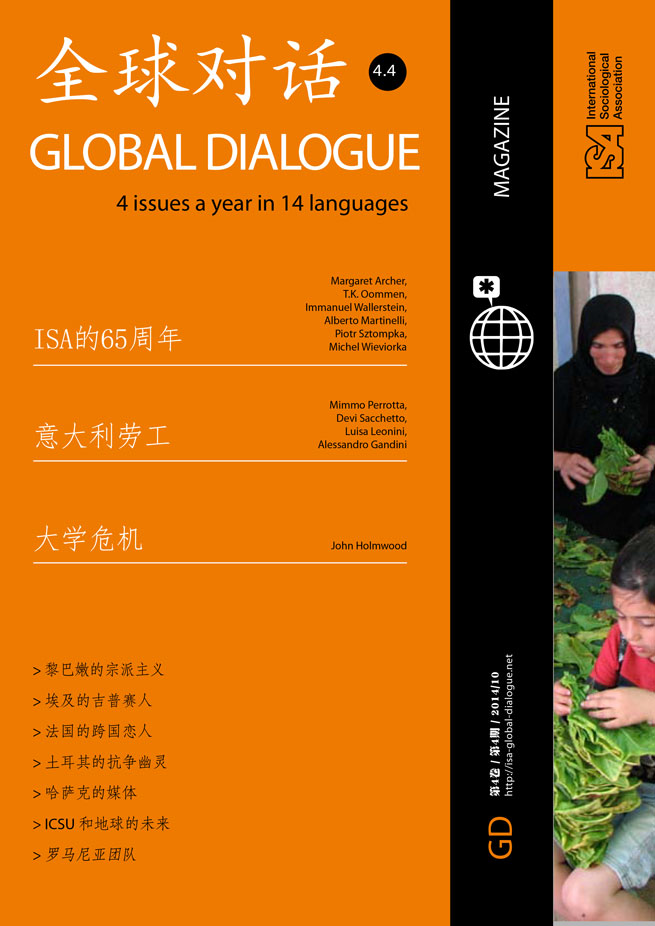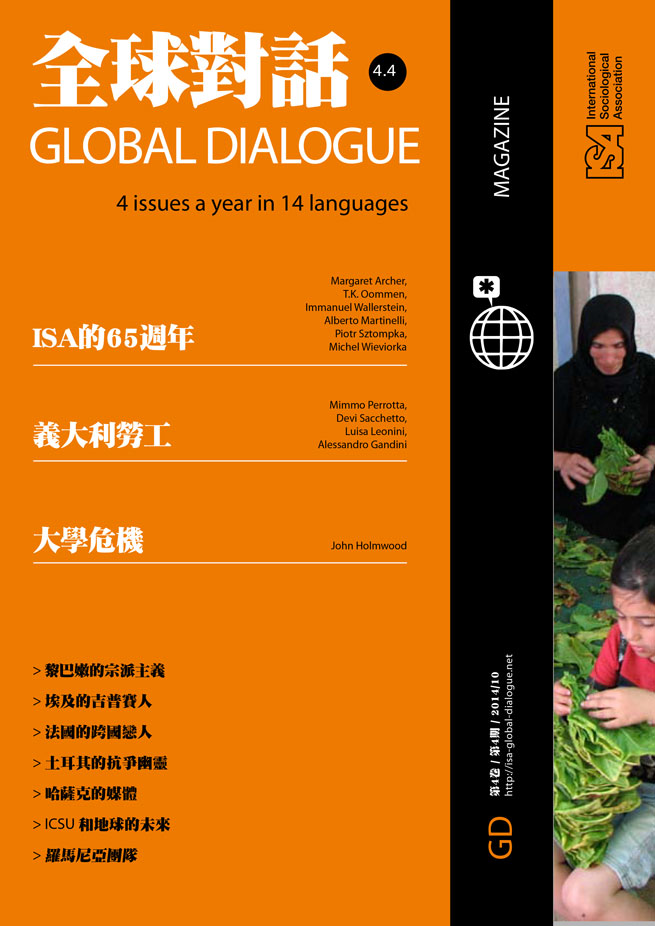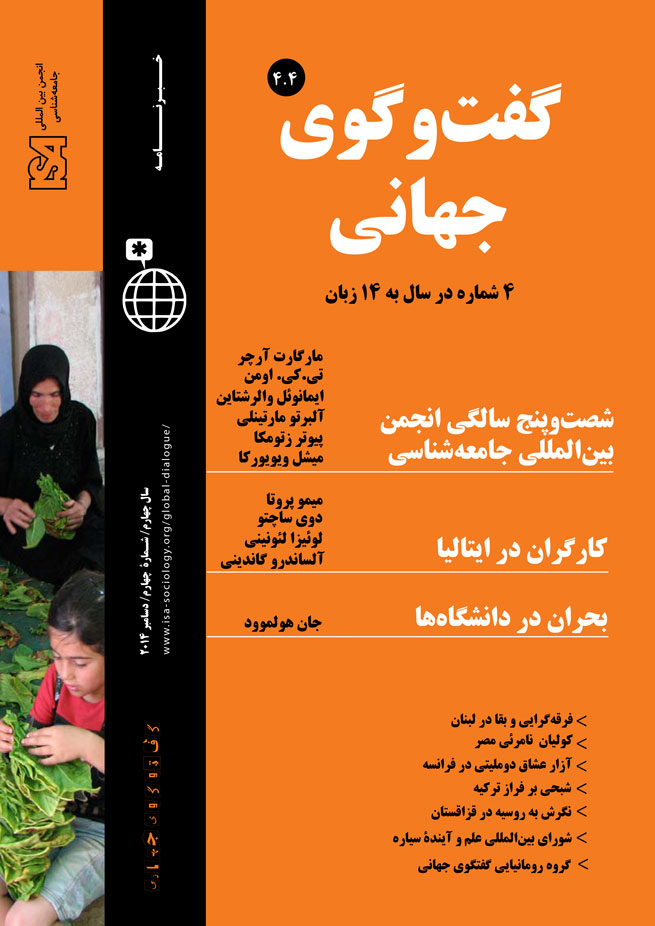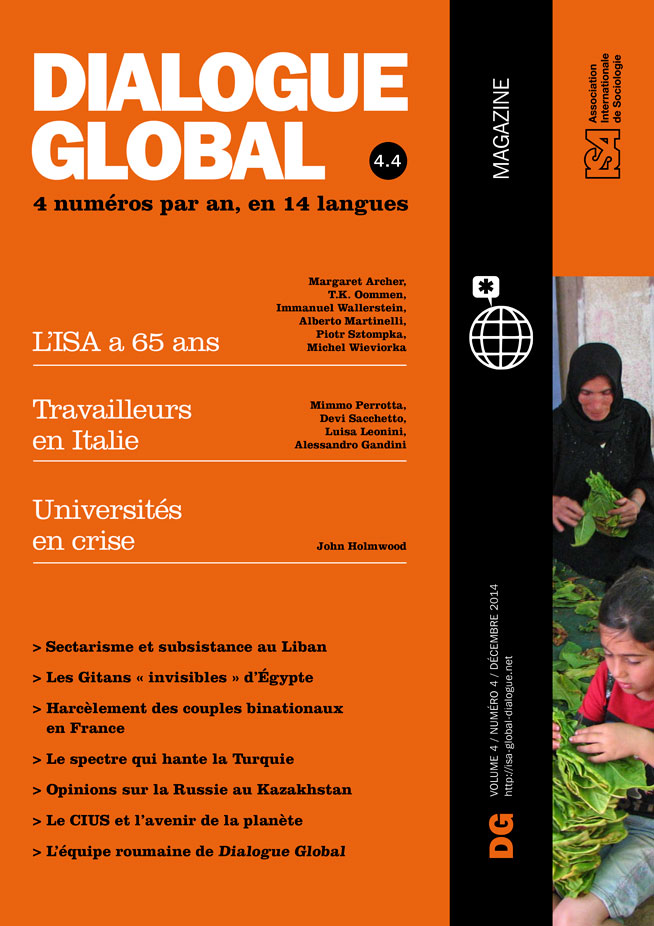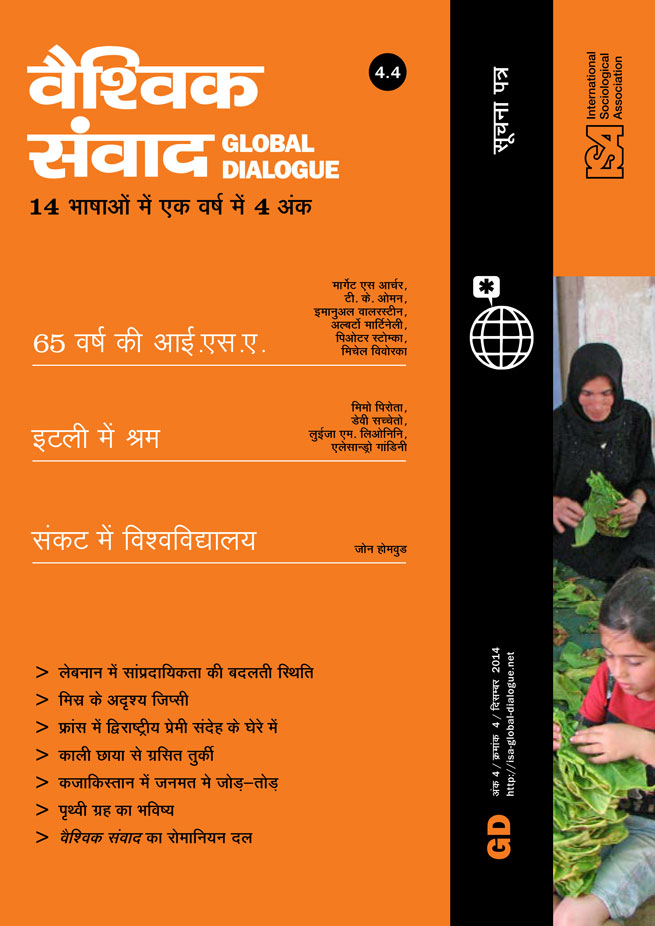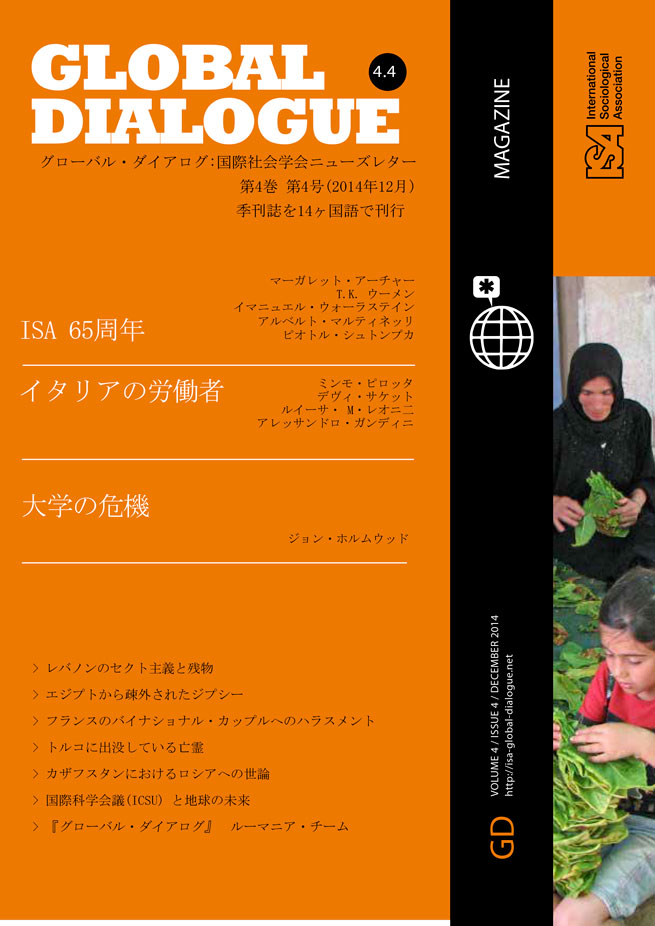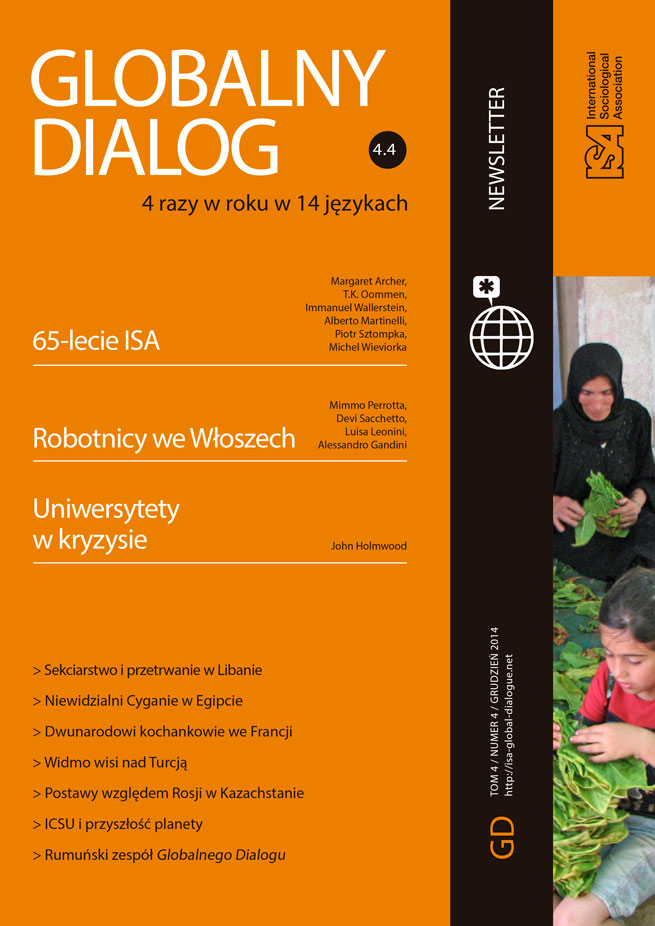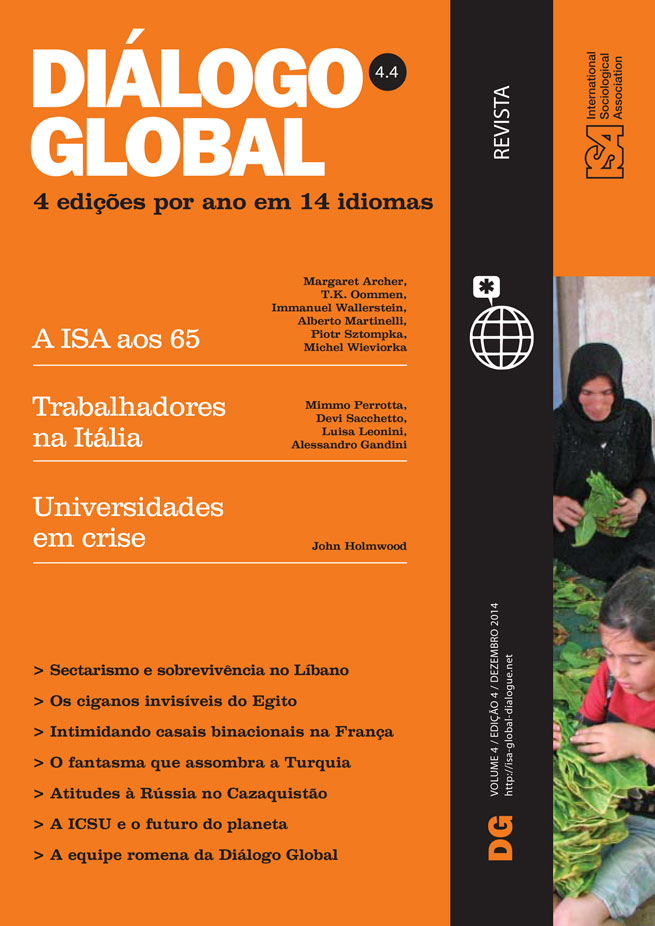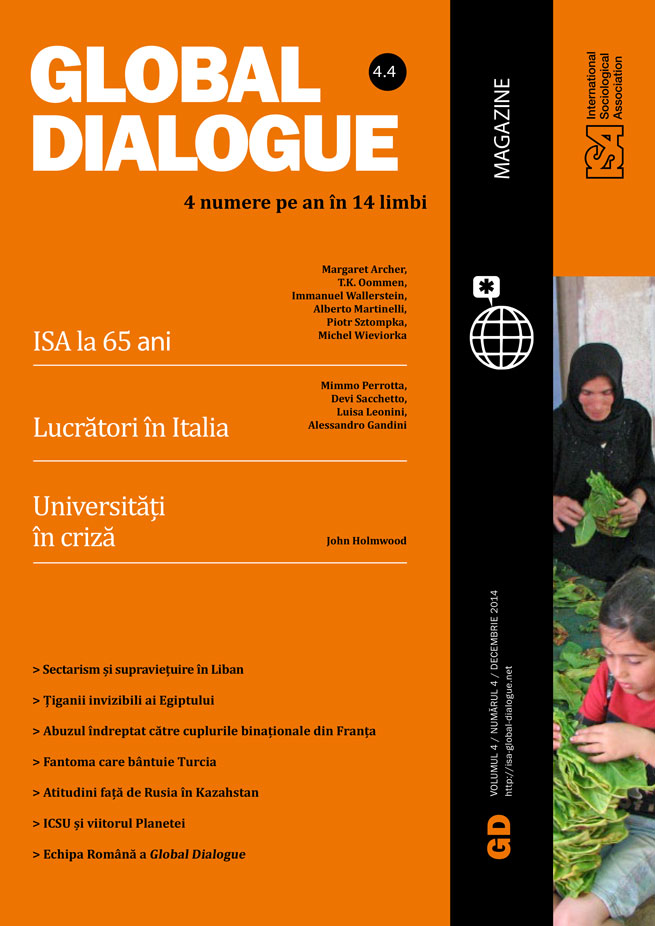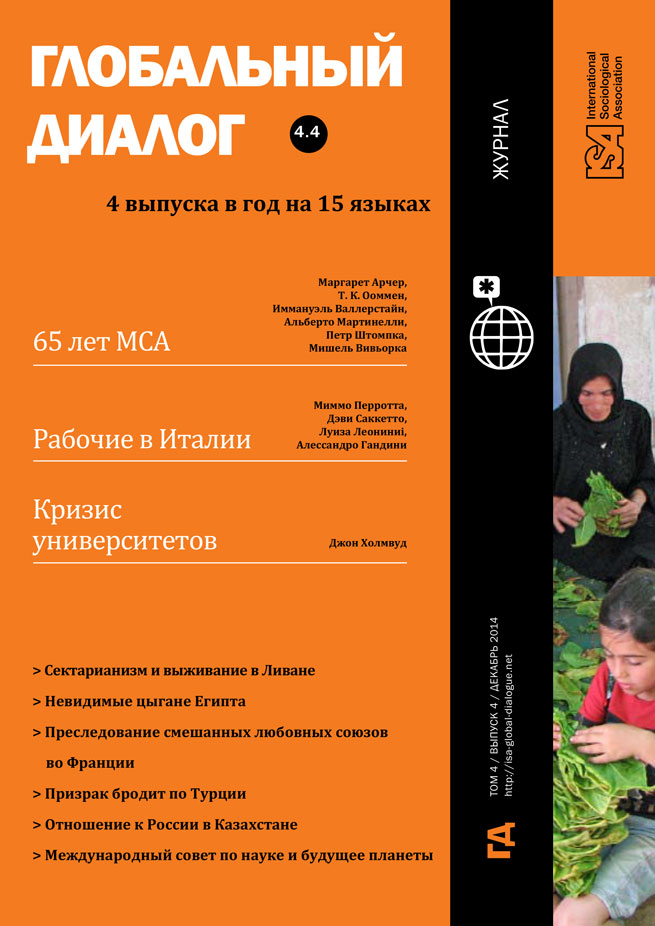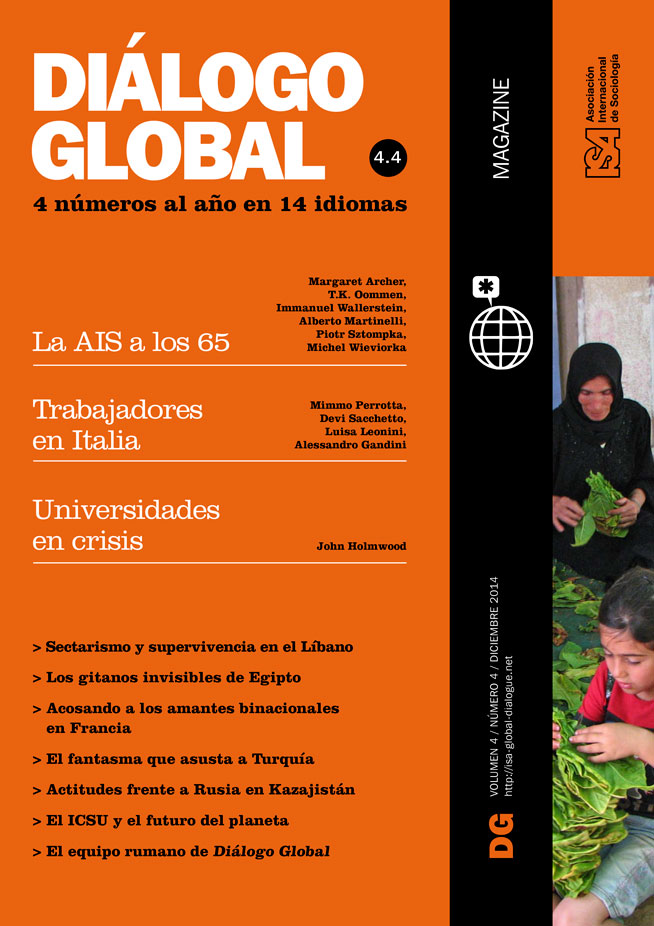Read more about Politics and the Media
The Future of the Planet
by Emma Porio
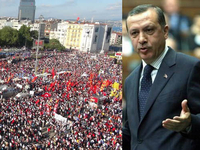
The Specter Haunting Turkey
by Aylin Topal
December 12, 2014
Kazakhstan and Ukraine both have common border with Russia, and they share a common status as former Soviet Republics. But they share one more important and tragic similarity: both suffered substantial demographic losses during the famine caused by Soviet “collectivization” in 1932-1933.
Death from starvation and emigration during the famine resulted in the loss of up to 1,840,000 Kazakhs by 1934, about 47.3 % of Kazakhstan’s 1930 population. The loss of almost half of the local population was “compensated” by several migration waves from the Russian Federation before and after World War II. For Kazakhstan, this reshaped the country’s demography: according to the 1959 USSR census, Kazakhs made up only 30% of the total Kazakh Soviet Socialist Republic’s population, down from 58.5% in 1926.
The famine in Ukraine in the same period took the lives of around 3 million Ukrainians – a figure that is proportionally less than the Kazakh losses, as the Ukrainian population had reached 23 million by the time of the 1926 USSR census. Further, in Ukraine, the government confiscated grain, whereas the mostly nomadic Kazakhs lost their private livestock, their major source of nutrition. Ukrainians had more chance of surviving the famine.
As a result of migration waves from the Russian Federation to Ukraine and Kazakhstan, Russians comprise a significant part of the populations of both republics. This has been and is especially characteristic of the Northern regions of Kazakhstan bordering Russia and the Ukrainian regions next to Russia (Donetsk and Lugansk) – precisely where we see today’s ongoing conflict.
No sociological research is openly available on the risk of a separatist movement in Kazakhstan, especially in the Northern and Eastern regions of the country, where a substantial Russian population lives. However, at least one major separatist incident took place: in November 1999, a separatist armed mutiny broke out in Ust-Kamenogorsk city (in the eastern Kazakhstan region bordering Russia). Organized by a group of 22 Russians – eleven of whom (including the leader) were citizens of the Russian Federation – the mutiny was blocked by the Kazakhstan National Security Committee; all separatists received six to eight years in a Kazakhstan prison, and all returned to Russia after being released.
Despite this history, the population of Kazakhstan does not display great concern over separatism. Moreover, according to the survey conducted by the Kazakhstan based Center for Social and Political Researches, Strategy, after the start of the Ukrainian conflict, 61% of the Kazakhstan population supported the Russian Federation’s annexation of the Crimea, 23% were neutral about it or could not answer the question, and only 6% considered the annexation an illegal violation of Ukraine’s territorial integrity. The survey provides clear correlation between who controlled the media (Kazakhstan, Russian, or western media) and the reported attitudes to the conflict.
According to the 2011-2015 Strategic Development Plan of the Communication and Information Ministry of Kazakhstan, there are 2,740 Kazakhstan-based mass media organizations (print media, television and broadcast companies, electronic media, etc.). Out of these, 20% operate in the Kazakh language, and 34% in Russian. The rest of Kazakhstan’s mass media supposedly use both languages, but in fact, most are more oriented toward the Russian language. The presence of the Kazakh language in the Internet is extremely small as compared to that of the Russian language, so one can say that in Kazakhstan, the Internet is mostly in Russian. Further, Russian TV-channels can broadcast freely, and Russian newspapers and magazines are widely available in Kazakhstan.
According to the survey mentioned above, respondents’ most important sources of information were: Kazakhstan-based mass media (50%), and Russia-based mass media (31%). Other sources included Internet sites and social networks like Facebook (9%), and talking to friends, colleagues and relatives (7%). Western mass media was a source of information for only 1% of respondents of the Internet survey.
How does the source of information affect opinion? Of the respondents receiving information from Kazakhstan-based mass media, 54% agree with the Russian Federation actions, 20% do not agree, and 26% are uncertain. However, among respondents relying on the Russia-based media, approval of Russian Federation actions reached 84%, with only 4% disagreeing.
As for respondents who got their news from Western media sources, 31% supported Russia, 39% did not support, and 31% were uncertain. This is a rather surprising picture, especially for those who expected that respondents who read and watch Western news would be likely to show more disapproval of Russian actions. Among those whose major information source is the Internet, 48% support Russia, 35% are uncertain, and 17% do not agree. As mentioned above, the Internet is predominantly “Russian” for Kazakhstan, thus these results are not surprising.
During the current Ukrainian-Russian conflict, propaganda has reached a level that has not been seen since the Soviet era. Total control over television and print media has made it easy to raise the volume of propaganda. Extreme levels of propaganda from Russia and Ukraine are influencing the Kazakhstan population and the government. At the same time, there are no signs of propaganda from the Kazakhstan mass media (i.e. government) visible today. The result is Kazakh public opinion is dominated by the viewpoint of the Russian mass media and government. Further, it has produced acute ideological division in the Kazakhstan population with the so-called “national-patriots,” “liberals” and “westernized” on one side, and the “pro-Russians” on the other. The absence of independent sociological research prevents deeper analysis. The absence of serious research to counter the interested manipulation of public opinion could be a threat to the future stability of Kazakhstan.
Almas Taizhanov, Association of Sociologists of Kazakhstan, regular collective member of the ISA <almas.diamond@gmail.com>
This issue is not available yet in this language.
Request to be notified when the issue is available in your language.
If you prefer, you can access previous issues available in your language:
